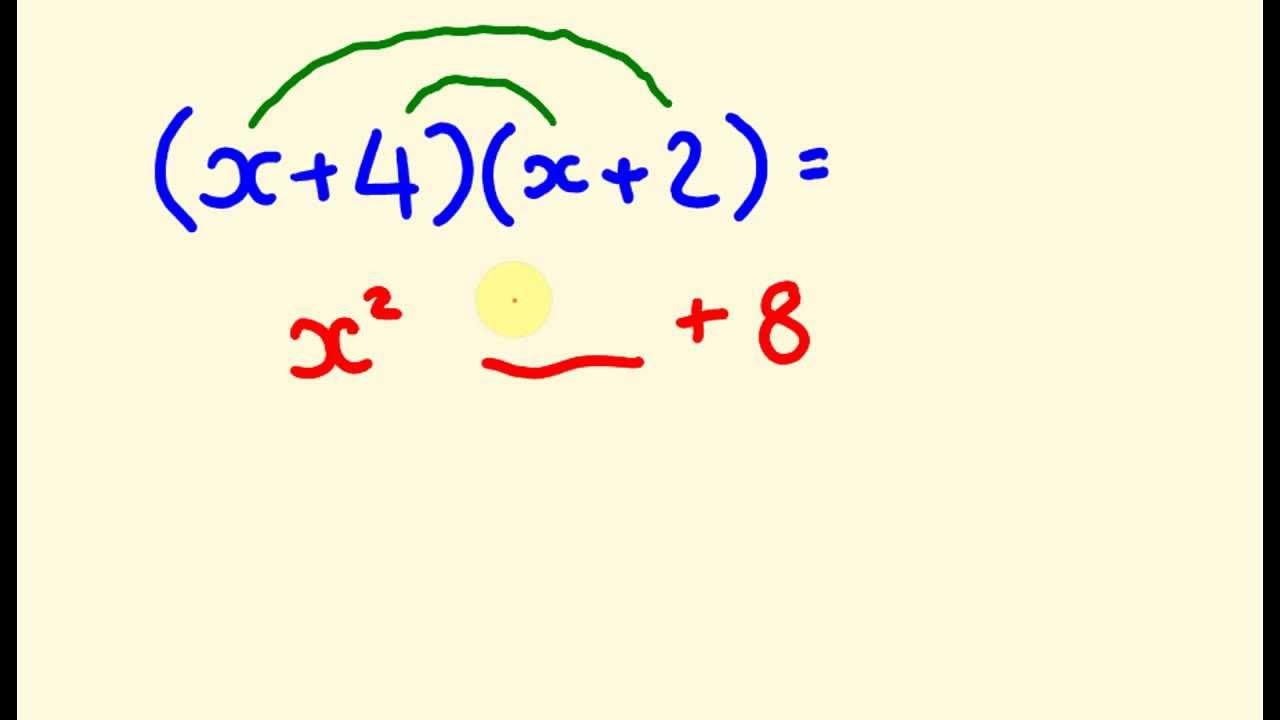Imaginary Numbers Are Real [Part 7: Complex Multiplication]
Summary
TLDRThe video script explores the relationship between complex multiplication and the complex plane, using four examples to illustrate the process. It reveals that multiplying complex numbers involves adding their angles and multiplying their distances from the origin. This insight leads to the introduction of polar form, a representation of complex numbers using magnitude and angle, simplifying multiplication and division in the complex plane. The script emphasizes the beauty of math, showing how different perspectives can reveal the same underlying truth.
Takeaways
- 🔍 The connection between complex multiplication and the complex plane is explored through examples, focusing on the angles and distances of complex numbers.
- 📐 The angle of the result in complex multiplication is the sum of the angles of the numbers being multiplied.
- 🌐 Tracking the angle a complex number makes with the real axis is crucial for understanding its behavior on the complex plane.
- 🔄 The magnitude (distance from the origin) of the result in complex multiplication is the product of the magnitudes of the numbers being multiplied.
- 🔄 The script highlights the importance of considering both angle and magnitude in complex multiplication, as they provide a complete picture of the operation.
- 📈 The script introduces the concept of polar form for complex numbers, which expresses them in terms of magnitude and angle from the real axis.
- 📖 Multiplication and division of complex numbers in polar form are simplified, involving only the addition or subtraction of angles and the multiplication or division of magnitudes.
- 🤔 The script encourages pondering and pattern recognition to understand the deeper connections between algebraic rules and geometric interpretations.
- 🌟 The script emphasizes the beauty of mathematics by showing how different approaches (algebraic and geometric) can lead to the same results.
- 🎯 The script concludes by suggesting that the understanding of complex multiplication on the complex plane can simplify and enhance problem-solving in algebra.
Q & A
What is the main topic discussed in the script?
-The main topic discussed in the script is the connection between complex multiplication and the complex plane, specifically how angles and distances are involved in this process.
What mathematical concept is used to determine the angle of complex numbers with the real axis?
-The script mentions the use of the arctangent function to determine the angle that complex numbers make with the real axis.
What pattern was observed when multiplying complex numbers in terms of their angles?
-The pattern observed was that the angle of the result of complex multiplication is equal to the sum of the angles of the numbers being multiplied.
Why is it insufficient to only track angles when describing complex multiplication in the complex plane?
-It is insufficient because, as seen in the script's examples, two complex numbers can have the same angle but different results, indicating that another factor, such as distance from the origin, is also important.
What geometric principle is used to measure the distance between the origin and a complex number?
-The script refers to the use of the Pythagorean theorem to measure the distance from the origin to a complex number by forming right triangles.
What is the complete picture of complex multiplication on the complex plane?
-The complete picture is that when multiplying complex numbers, their angles from the real axis add together, and their distances from the origin multiply.
What alternative way to write complex numbers is introduced in the script?
-The script introduces polar form as an alternative way to write complex numbers, using their distance from the origin (magnitude) and the angle they make with the real axis.
How is complex multiplication performed in polar form?
-In polar form, complex multiplication is performed by multiplying the magnitudes of the complex numbers and adding their angles.
What is the process for dividing complex numbers in polar form?
-To divide complex numbers in polar form, you divide the magnitudes and subtract the angles.
What deeper insight does the script suggest about the nature of math?
-The script suggests that math can reveal deeper truths embedded in the universe, and that there are multiple vantage points or interpretations for the same underlying process.
What is the script's promise for the next part of the discussion?
-The script promises to show that the understanding of complex multiplication on the complex plane is not only interesting but also useful for making difficult algebra problems easier, faster, and more intuitive.
Outlines

This section is available to paid users only. Please upgrade to access this part.
Upgrade NowMindmap

This section is available to paid users only. Please upgrade to access this part.
Upgrade NowKeywords

This section is available to paid users only. Please upgrade to access this part.
Upgrade NowHighlights

This section is available to paid users only. Please upgrade to access this part.
Upgrade NowTranscripts

This section is available to paid users only. Please upgrade to access this part.
Upgrade NowBrowse More Related Video

Complex Numbers Add, Subtract, Multiply, Divide

Math Antics - Multi-Digit Multiplication Pt 1

Algebra Tricks - Multiply binomials instantly!

How God is Both One and Three at the Same Time [Animated Explainer]

Learn Database Normalization - 1NF, 2NF, 3NF, 4NF, 5NF

Multiplication Concept | Mathematics Grade 2 | Periwinkle
5.0 / 5 (0 votes)